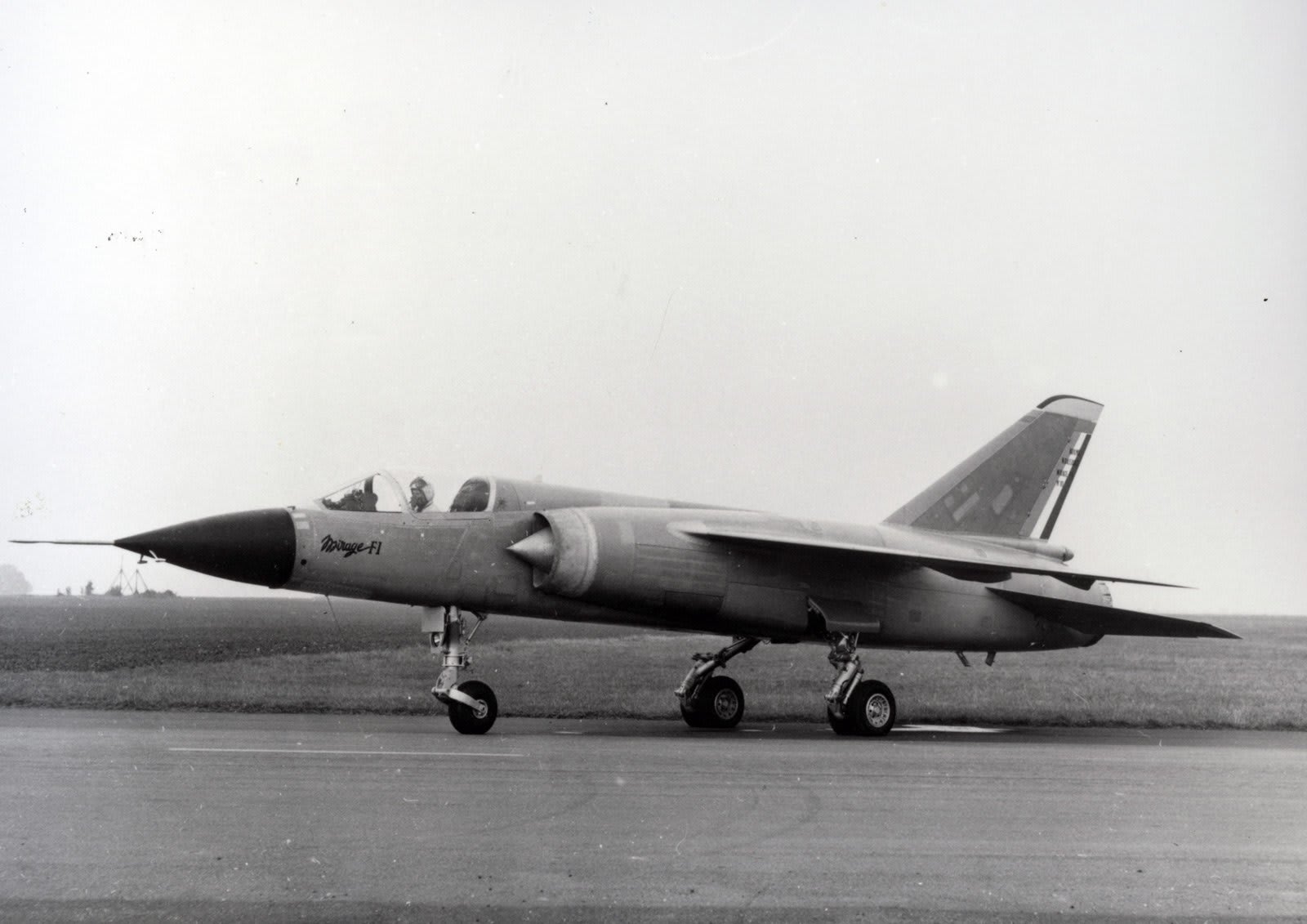Kruska
Diamond Member
- Thread starter
- #21
The calculated loss rate during the cold war was set at 70% in regards to the A-10.The Soviets always had substantial battlefield anti aircraft capabilities. It was never expected that every A-10 mission during the war would result in the aircraft returning home. However, it was expected that the deployed A-10 fleet would inflict substantial Soviet losses before being depleted.
Which would have made the A-10 an outstanding aircraft - if compared to the estimated mission rate of 0,76 across the board for aircraft deployed by NATO during the 70'ies. The champ IIRC was the British Harrier with an estimated mission rate of 1.24.


